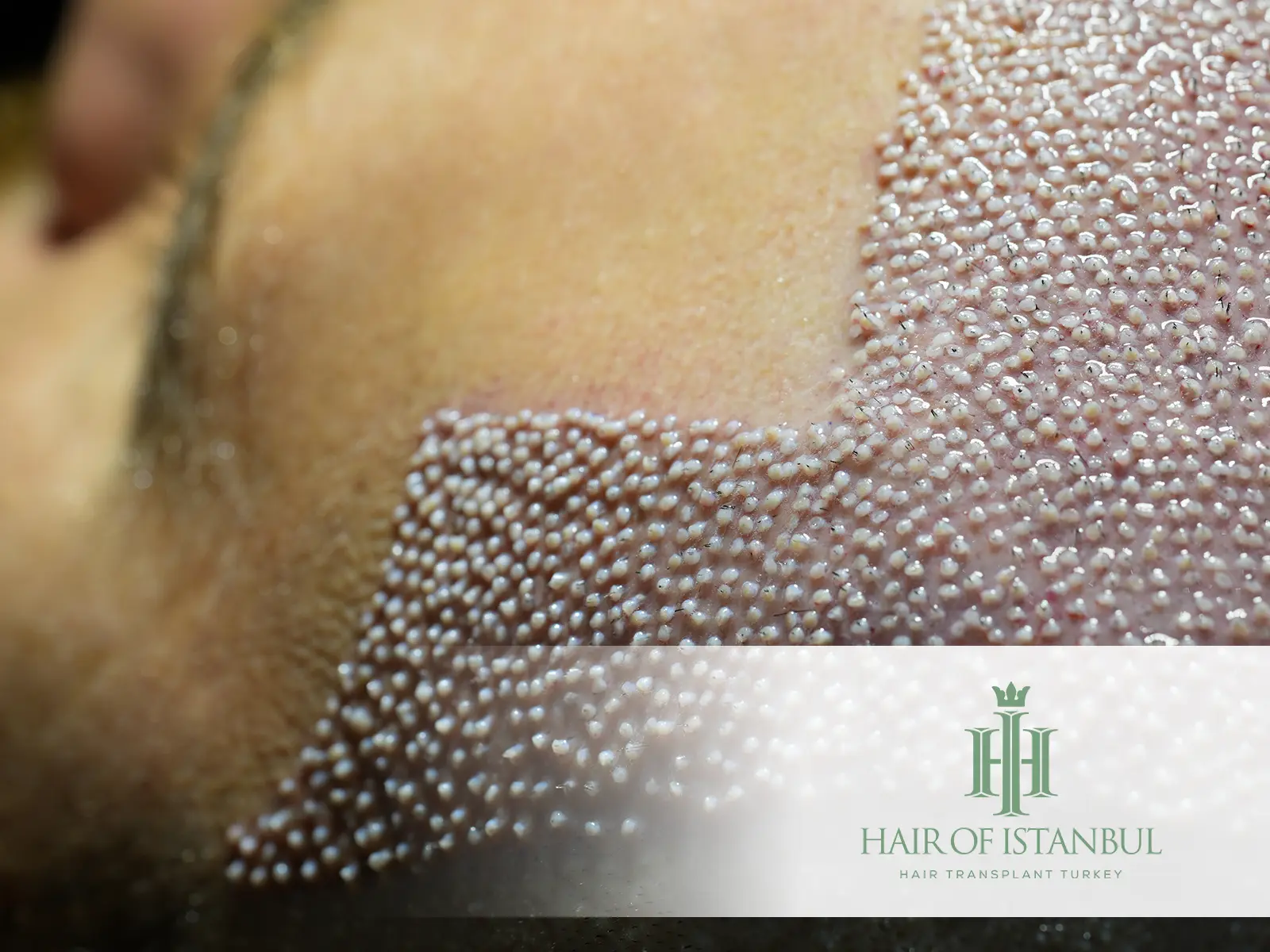
How Hair Tissue Analysis Improves Accuracy in Hair Restoration
Hair loss is a concern shared by millions around the world, and many individuals turn to modern solutions to restore their confidence and appearance. While hair transplantation offers a permanent and natural looking result, success depends on more than just the surgery itself. The foundation for a personalized and effective treatment lies in understanding the unique properties of each patient’s hair through a comprehensive analysis.
Hair Transplant and Hair Tissue Analysis together form the core of any well designed restoration plan. This duo allows medical teams to choose the right technique, predict growth patterns, and ensure the highest survival rate of grafts, resulting in a more natural and lasting outcome.
Why Hair Tissue Analysis Matters Before Hair Transplant
A successful Hair Transplant and Hair Tissue Analysis process begins with diagnosing the root cause of hair loss. Not every patient experiences hair thinning for the same reason genetic predisposition, hormonal imbalance, autoimmune conditions, and nutritional deficiencies all play a role.
Clinics like Hair of Istanbul include in-depth scalp and hair tissue assessments as part of the initial consultation. This examination looks into follicle structure, hair density, and scalp health, helping to determine whether a patient is an ideal candidate for surgery.
Individualizing the Hair Transplant Plan
No two individuals have the same hair type or growth pattern. A proper Hair Transplant and Hair Tissue Analysis makes it possible to tailor every aspect of the procedure to the patient’s biology. This includes donor area capacity, recipient site mapping, and graft placement strategy.
The texture, thickness, and behavior of your hair are essential in choosing the correct method whether it’s FUE hair transplant or DHI hair transplant. Without detailed tissue analysis, even the best techniques may not yield optimal results.
How Clinics Conduct Hair Tissue Analysis
In modern practices, tissue analysis typically involves digital imaging and microscopic evaluation of the hair shaft and follicle roots. This data is then used to assess hair cycles, detect dormant follicles, and identify early signs of damage or disease.
At a professional hair transplant clinic, this analysis is done before any treatment plan is decided. In some cases, tissue samples may also be used to analyze scalp inflammation or skin disorders that may interfere with graft survival.
An accurate Hair Transplant and Hair Tissue Analysis process reduces uncertainty and improves surgical predictability.
Role of Hair Tissue Analysis in Female Transplant Cases
Women experiencing hair loss often face different challenges than men. Hair thinning is usually more diffuse and may involve complex hormonal or dermatological factors. For this reason, thorough hair transplant for women evaluations rely heavily on hair tissue analysis.
Clinics offering female hair transplant services use diagnostic tools not only to assess density but also to eliminate underlying medical conditions. This makes Hair Transplant and Hair Tissue Analysis particularly important in female cases.
Before and After Hair Transplant: Why Analysis Makes a Difference
One of the most striking examples of how analysis affects outcome is visible in before and after hair transplant comparisons. Patients who undergo complete preoperative assessments show denser, more uniform growth and less post-surgical shock loss.
Hair Transplant and Hair Tissue Analysis ensures that grafts are placed at the right angle, direction, and density mimicking natural hair flow. This results in a visually seamless transformation, as seen in galleries from experienced providers like Hair of Istanbul.
Hair Tissue Analysis for Afro Hair and Curly Hair Types
Curly and afro textured hair requires extra attention in both analysis and implantation. Afro hair transplant patients benefit significantly from advanced diagnostics due to the curved nature of the follicles and deeper root orientation.
Understanding the tissue structure avoids transection during extraction and ensures accurate placement. That’s why Hair Transplant and Hair Tissue Analysis is critical for curly hair procedures where minor errors can lead to major setbacks.
Surgical Success in Hair Transplant Istanbul
Istanbul has become a global hub for medical tourism, especially for procedures like hair transplant Istanbul. What sets world class clinics apart is not only their surgical skill but their dedication to preoperative analysis.
Successful outcomes depend largely on the thoroughness of the initial Hair Transplant and Hair Tissue Analysis. Without it, even the best surgeons would be operating with guesswork rather than precision.
Hair Tissue Analysis and Postoperative Planning
Postoperative strategies are more effective when based on pre-surgical tissue evaluations. Predicting healing capacity and growth rate is easier when the characteristics of the scalp and hair are already known.
This also affects long-term hair transplant results and patient satisfaction. Clinics can recommend targeted hair transplant care after based on tissue resilience and healing speed identified during the analysis stage.
Once again, Hair Transplant and Hair Tissue Analysis provides not just a map for surgery, but also for recovery.
Integrating Tissue Analysis with Modern Techniques
Modern approaches combine detailed tissue diagnostics with cutting-edge surgical methods such as FUE hair transplant or DHI hair transplant. These techniques allow for high-density, minimally invasive procedures, but only when planned using personalized biological data.
The combination of smart diagnostics and surgical artistry defines the success of Hair Transplant and Hair Tissue Analysis in the 21st century.
Conclusion
A successful hair transplant is not the result of surgery alone. It begins with understanding your hair’s unique structure and biological behavior. Hair Transplant and Hair Tissue Analysis forms the foundation of this understanding, guiding doctors in every step from planning to recovery.
Clinics that incorporate advanced analysis into their protocols, such as Hair of Istanbul, consistently deliver more natural, dense, and satisfying outcomes.
To maximize your investment and avoid complications, ensure your journey begins with a comprehensive diagnostic assessment.
 en
en TR
TR  SK
SK  ITA
ITA  FR
FR  DE
DE  ES
ES  BG
BG